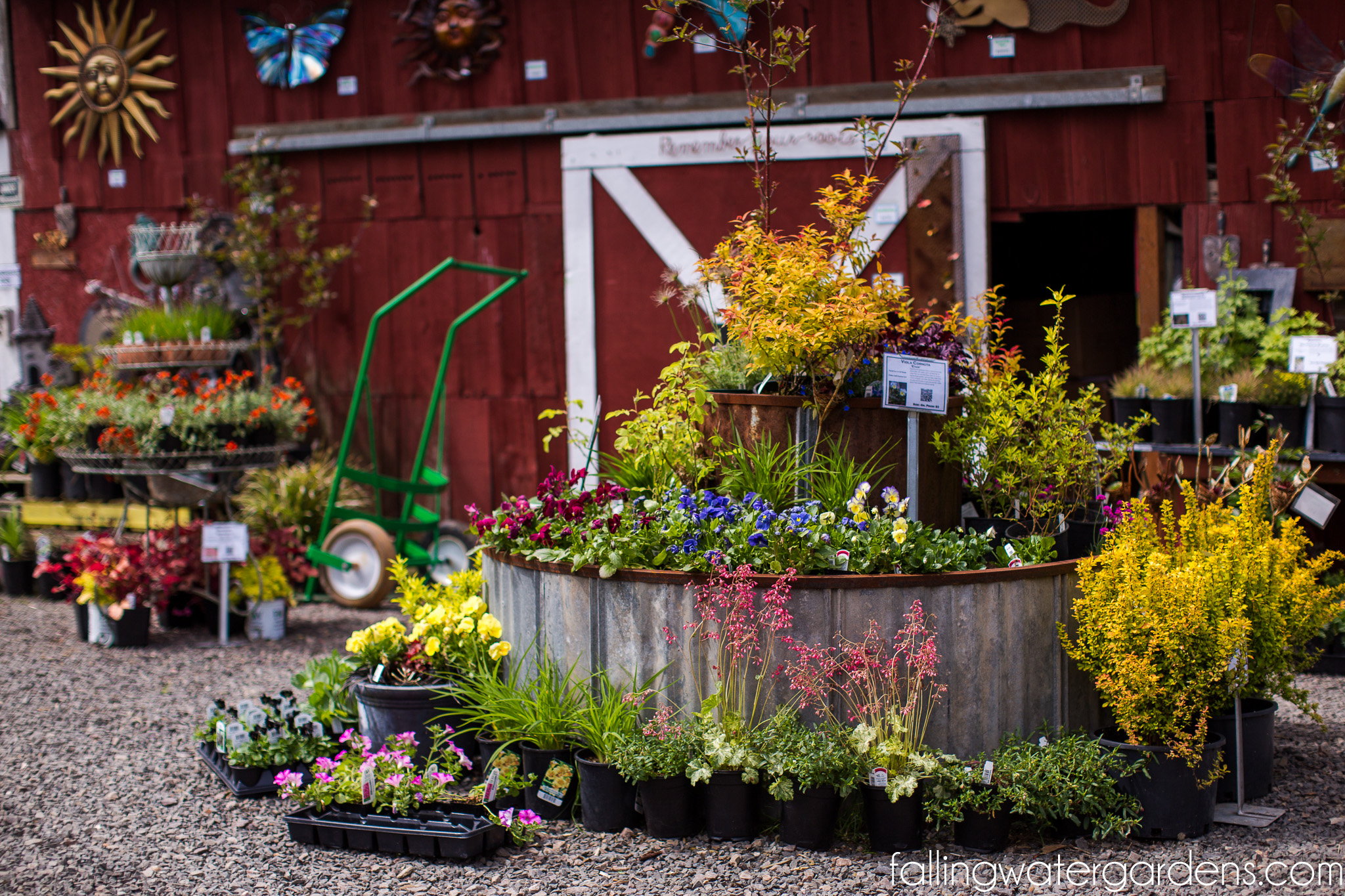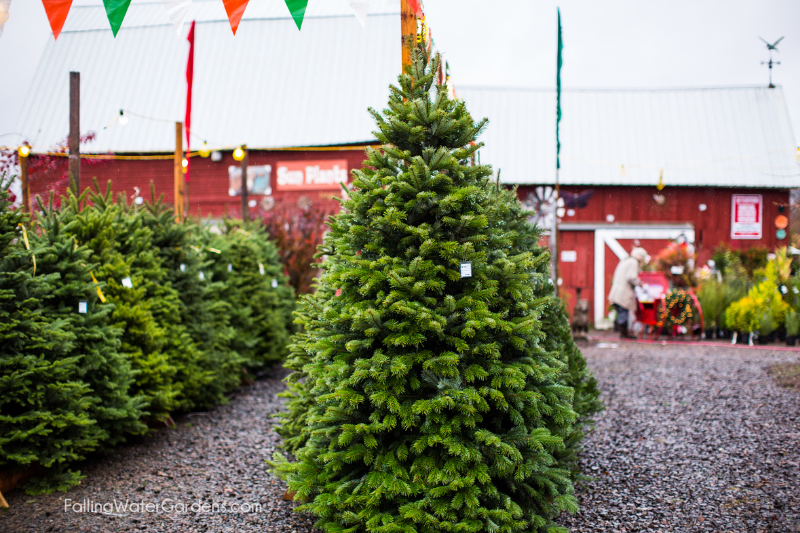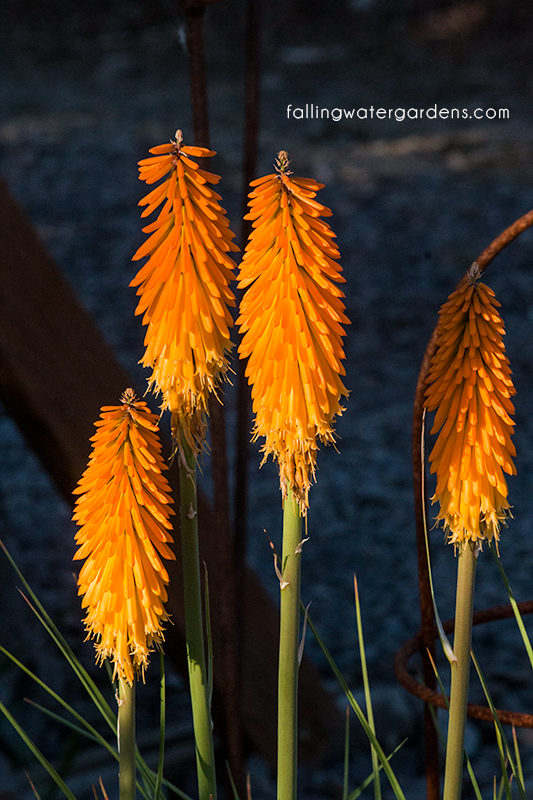What’s New, Worth Checking Out & Sales!
Beneficial Insects
Don’t forget to get your beneficial insects! Great Eco friendly way to get rid of bad bugs and to help pollinate your veggie gardens and fruits.
Praying Mantis
USE: Praying Mantids eat a wide variety of garden pests. In their younger stages they eat aphids, thrips, flies and maggots, small caterpillars, leafhoppers, white grubs and other soft-bodied insects. Mature Mantids feed on larger caterpillars, earwigs, chinch bugs, sow bugs, beetles, grasshoppers and other large insects.
RELEASE: You can keep the egg cases in the cup, set them on a window ledge or in the patio until they hatch. As soon as you see tiny praying mantids emerge remove the lid and sprinkle the mantids around your garden. Or put the egg case in a bush, hedge, limb or anything more than two feet above ground. The egg case may be inserted in the fork of a branch or hung with a piece of string or needle and thread rum through the outside of the case. Hanging will help keep birds and rodents from eating the eggs in the case. If ants are in the area, oiling the string will help keep them away.
LIFE CYCLE: Praying Mantids (Tenodera sinensis) hatch out of their egg case (ootheca) along the seam that looks like louvered windows with some mud packed on top. They hatch in the spring when the weather warms, the warmer the temperature, the sooner they hatch. Unlike most insects the mantids do not hatch as larvae, they emerge as miniature adults, about half an inch long. They will grow through spring and summer until they reach a length of 5 to 6 inches, shedding their skins several times. Although mantids have wings, they do not use them until fall when the female wings develop and she begins flying around looking for males to mate with. After mating, she eats the head off the male, which helps to nourish her eggs. She then attaches the brown foam to a branch, lays her eggs inside, and dies shortly afterward, The eggs are protected from the winter cold in the foam and the cycle begins again in the spring.
GENERAL INFORMATION: When the eggs hatch the egg case does not change in appearance except for what looks like a little sawdust hanging from the seam. Since the Mantids do not move much and blend easily with their surroundings, it is easy to miss the hatching.
While most insects are constantly searching for food, Mantids are content to stay in one area and wait for their food to walk by and grab it with their strong forelegs. This is why they are good to use early in the season, before there are pest problems, and use other insects after pests arrive.
Ladybugs
USE: Ladybugs prefer to eat aphids and will devour up to 50 a day, but they will also attack scale, mealy bugs, leafhopper, caterpillar eggs, and other soft bodied pests. They dine only on insects and do not harm vegetation in any way.
RELEASE: Ladybugs should always be released after sundown since they only fly in the daytime. During the night, they will search the area for food and stay as long as there is food for them to eat. The more they eat the more eggs they lay and the more insect eating larvae you will have. It is best if the area has been recently watered. Ladybugs tend to crawl up and toward light. So release them in small groups at the base of plants and shrubs that have aphids or other insects, and in the lower part of trees.
LIFE CYCLE: Ladybugs mate in the spring and lay yellow eggs in clusters of 10 to 50 on the underside of leaves. About five days later the larvae emerge and will eat about 400 aphids during their 2.5 week cycle. The larvae look like tiny black caterpillars with orange spots but do not eat vegetation.
The larvae then pupate and emerge from their cocoon as adults after about a week. They begin feeding on aphids, other insects, and pollen to build up their body fat. In the summer and fall the Ladybugs migrate into the mountains and during the winter they lie dormant under the snow. In the early spring they fly back down to the lowlands to resume searching for food in earnest. They begin mating, lay eggs, and die.
 Mason Bees Houses
Mason Bees Houses
Boost your garden’s productivity by providing a happy home for peaceful, non-stinging Mason bees. Slightly smaller than honeybees, mason bees are incredible pollinators. Each one visits as many as 1000 blooms per day — 20 times as many as a honeybee! We have a variety of mason bee houses to choose from!
New
Here is a sample of new products we’ve added to our inventory. Be sure to visit the nursery to see ALL of the latest products and plants!
 Decorative Metal Flower Stake
Decorative Metal Flower Stake
Create a fun and festive atmosphere in your yard or other grassy area with the Decorative Metal Flower Stake. This gorgeous floral garden stake is topped with a big bright blossom that is sure to make an impact wherever you choose to display it. Available in bright pink or bright blue. $34.88.
 Large Wildfire Globe Fire Pit
Large Wildfire Globe Fire Pit
Ideal for a warm summer evening, this large Wildlife Fire Globe Fire Pit adds light, warmth, and an exciting ambiance to every party. An enchanting backyard focal point with or without fire! $564.88.
 Rustic Garden Art
Rustic Garden Art
Give your space a little more flair with one of our rustic art pieces. We have a wide variety to choose from.
 Dragonfly Trellis
Dragonfly Trellis
Come visit Falling Water Gardens and see the assortment of trellises throughout the gardens. $72.88.
 Pots and Pans Wind Chime
Pots and Pans Wind Chime
Liven up any gathering with this conversation-starting Pots and Pans Wind Chime. $27.88.
 Slate Bistro Set
Slate Bistro Set
Picture yourself enjoying a nice lunch, afternoon tea, or cocktails for two seated at this stylish outdoor Slate Bistro Table. The elegant design will give a fresh new look to your outdoor living space. $268.88.
Worth Checking Out
 Assorted Boulder Birdbaths
Assorted Boulder Birdbaths
Birdbaths made from impressive boulders blend naturally into any landscape. Invite sweet birds to your backyard for a cool drink of water. $220+.
Sales
Don’t forget to take a peek at the items on the discount table in the gift shop! We still have all sorts of goodies that are marked at 50% off!
**Many of the items offered at Falling Water Gardens are limited quantities and cannot or will not be reordered. If you love it then make sure to visit us and take it home before we sell out!
Please note that we’ve updated our newsletter format. You may navigate through this newsletter by clicking on the page numbers below.







